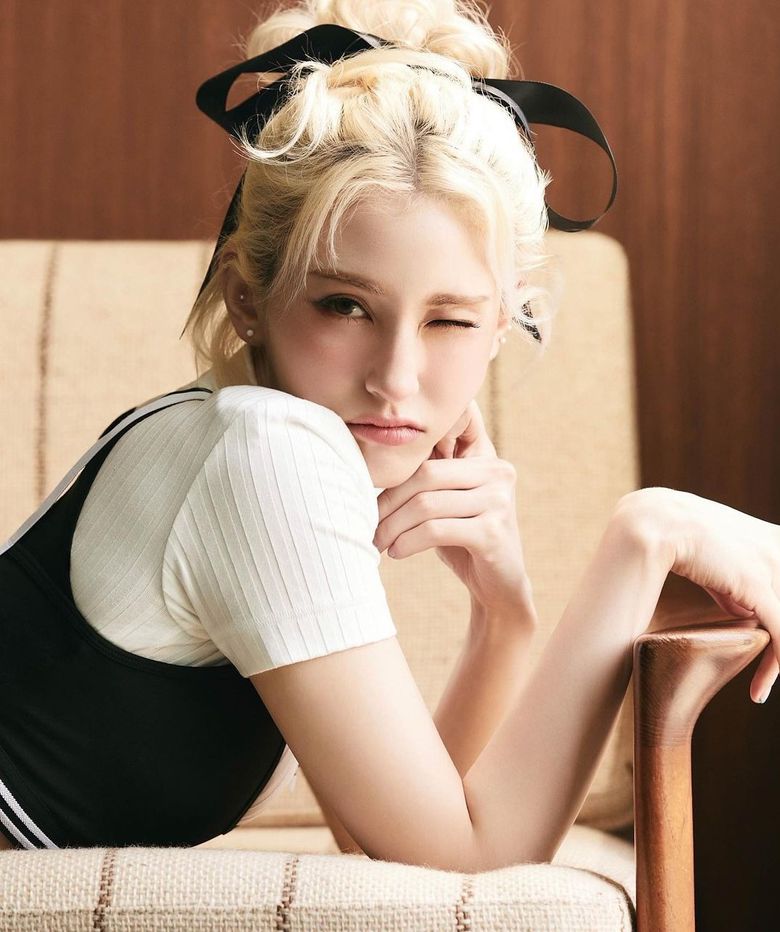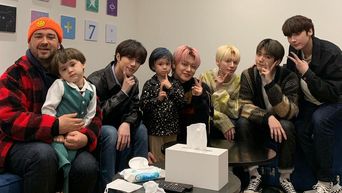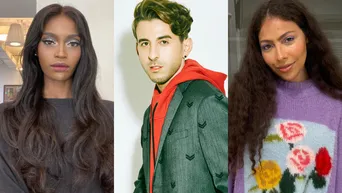In 2018, 23.773 multicultural marriages were registered, 16.177 in 2020 according to the Korean Statistical Information Service (KOSIS). For some of the multicultural children borned in the 1990s and the 2000s, it is easier as an adult to find a place in the world of entertainment, but for others who do not dream of fame, evolving in Korean society can prove to be a journey strewn with pitfalls. This article seeks to give a quick view of their current place in Korean society!
Media coverage and multicultural stars
As a realization of the love between the two spouses, the child who is born of a mixed union has certain advantages at birth. Indeed, the education approach by multicultural couples is mainly based on the sharing of cultures to make the child bilingual and curious about their two cultures. It is in a progressive way that multicultural children -and adults- find their marks and are accepted in Korean society. We can also observe a beginning of media coverage of these children who are gradually beginning to break through on the screen, as actors, singers, or models. To mention one, Han HyunMin, of Nigerian and Korean origin, is among the most famous. We can also see multicultural children evolving on television in shows like “The Return of Superman”, which showcases the lives of family men. Some of them even became K-Pop idols!The video above features Sim CheongEe, who was born to a Korean mother and a Nigerian father. At the age of 21, she is a model, and talks about the difficulties she felt as a child, until learning to love her skin color.
Korean adoptees cases
For Korean adoptees, the government has set up family stays in Korea so that they can discover their country of origin and, if they wish, find their biological family, when possible. However, for multicultural children, few actions are taken. Thus, in 2006, almost 18% of multicultural children preferred to stop school because of the discrimination they had suffered. There were seven multicultural schools in Korea in 2014, mainly dedicated to “Amerasians”, but these schools, wishing to help them integrate more, ultimately set them back from Korean society.The video above features 18-year-old Kim Sofia, born to a Russian mother and a Korean father. She considers her diversity as an opportunity, and is proud of her heritage but she does not always know where she belongs between Korea and Russia.
Discrimination and harassment at school
The constant discrimination and harassment that multicultural children face causes 7/10 of them not to go to school according to the Ministry of Education, Science and Technology, and the Ministry of Justice. Yet, according to Article 3 of the Korean Constitution, all children between the ages of six and fifteen are entitled to a free education regardless of their ethnic background. However, the decision to attend a Korean public-school rests with the school principal, resulting in many children not attending school. This refusal is observed above all because of the language barrier. The teachers mostly don’t speak English and/or the multicultural kids don’t speak - well enough - Korean.
Remedy and government action
To remedy the discrimination observed in schools against multicultural children, the M.A.C.K (Movement for the Advancement of Cultural Diversity in Korea) foundation offers programs on learning different cultures in Korean public schools to raise awareness among students about children from multicultural families, based on students volunteering to attend. The foundation thus allows Korean students to help multicultural students, to go to cultural seminars, and even meet mixed-race athletes. The foundation aims to help all mixed-race people with a part of Korean origin to discover their culture and support them to integrate into society. Moreover, since 2011, multicultural adults can join the military as part of the government action for more diversity and acceptance. This decision follows the baby boom of multicultural children, mainly from South Asia, since the end of the 2000s.The video above features Sarah Henriet, born to a Korean mother and a French father, and Lee Ayman, born to a Korean mother and an Egyptian father. Sarah sees her multicultural heritage as a gift to be cultivated, while Ayman was at the heart of religious conflicts between his parents.Finally, the Ministry of Gender Equality and Family, and the Korean Institute for Healthy Family opened a website dedicated to help foreigners to live a stable life in Korea. The site includes a section regarding Multicultural Families and Foreigner Support Services, a new step towards acceptance.What do you think about this issue? Let us know in the comments!Sources : Pillet Anais, Quelle est la place de la femme étrangère dans une union mixte avec un Coréen ? (Master Thesis) & OUELLETTE Françoise-Romaine, SAINT-PIERRE Julie, La quête des origines en adoption internationale. Être chez soi et étranger, In : Informations sociales, n° 146, 2008, p. 84-91. & RANNEN Francis, MACLELLAN Debra, A perspective of Cultural Change in Korea and Its Effect on Multicultural Children, IOSR Journal Of Humanities And Social Science (IOSR-JHSS) Volume 19, Issue 6, Ver. III (Jun. 2014), pp.19-30 e-ISSN: 2279-0837 Find Out Which TXT Members Are The Biases Of William And Bentley From “The Return Of Superman” KPOP STORIES|Jan 4, 2021 Fans Debate The Standing Of Non-Asian Idols In The K-Pop Industry: The Who, Why, Where, And How FANBUZZ|Jul 4, 2022



